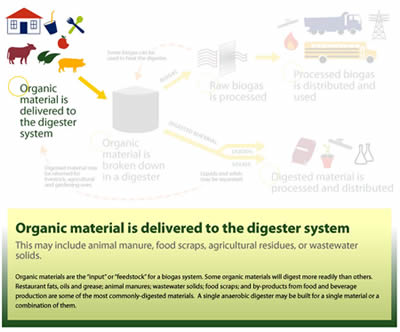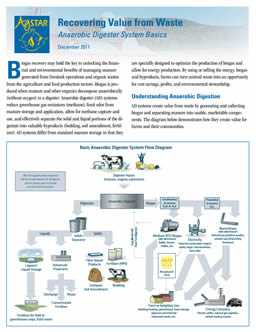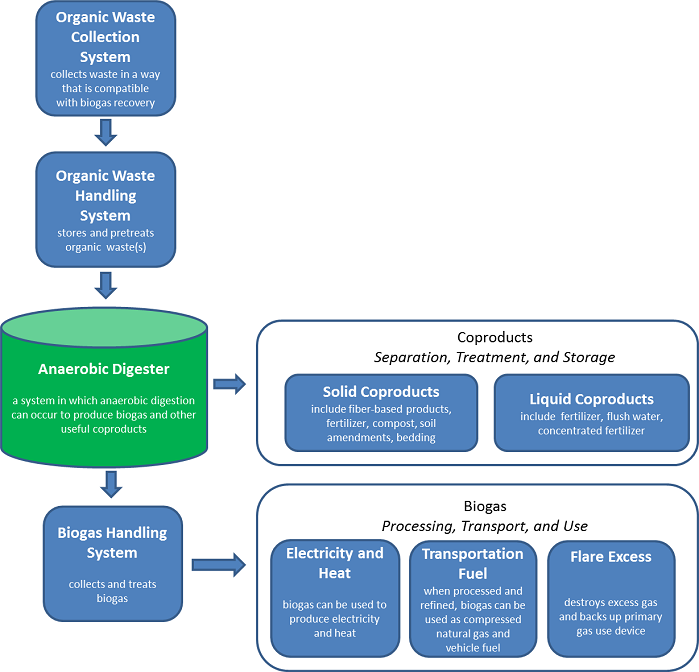
There are several process steps that can be used alone or in combination to treat and manage manure. The following diagram illustrates the elements of a biogas recovery system. Details about each element are provided below the diagram.

Manure is collected and placed in a centralized location in a way that is compatible with biogas recovery. Co-digestion feedstocks, such as food processing waste and food scraps, are delivered to the facility where it is prepared for processing.
Biogas production is best suited for farms that collect manure:
Other materials such as feed additives with antibiotics and equipment cleaning and maintenance compounds (e.g., detergents, acids and halogens, etc.) may be harmful to anaerobic bacterial action. The typical use of these materials has not been a problem in full scale digesters. However, threshold levels for these compounds have not been established, so operators should be careful not to release large quantities of these materials into manure before it is fed to the digester.
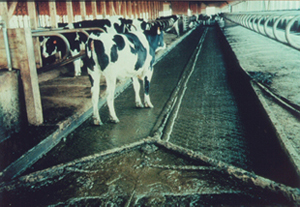
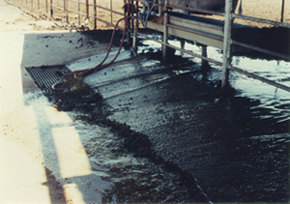
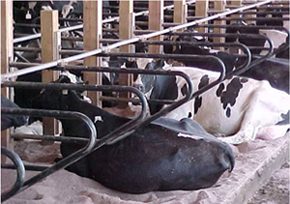
The waste handling system prepares the feedstock for use in the anaerobic digester. Depending on the type of feedstock and the type of digester, pretreatment may be required. Pretreatment steps may include:
Once the feedstock is collected and prepared, it is introduced to the anaerobic digester, which is sometimes referred to as an anaerobic reactor. Given the specific type of manure collection system, the digester is designed to provide the optimal conditions for converting the organic waste into biogas.
In a covered anaerobic lagoon design, methane is recovered and piped to the combustion device from a lagoon with a flexible cover. Some systems use a single cell for combined digestion and storage.
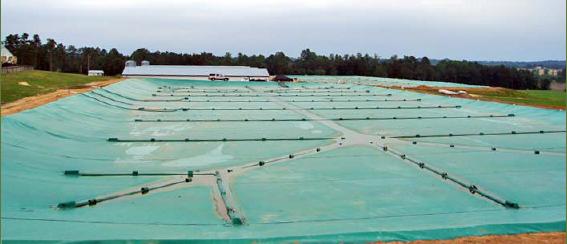
Plug flow digesters are primarily used at dairy operations that collect manure by scraping. Mixed plug flow systems have been used at a wider variety of operations because they can tolerate a broader range of solids concentrations.
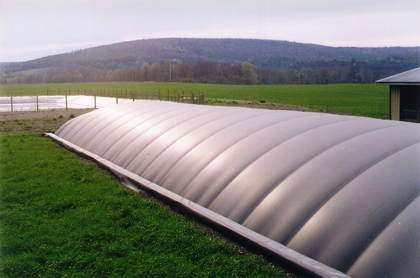
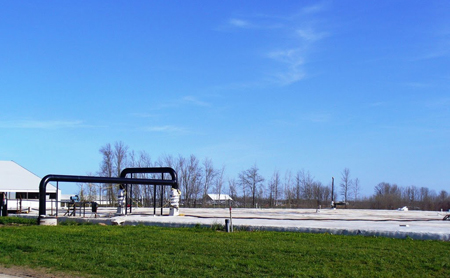
Complete mix digesters are designed with an enclosed, heated tank with a mechanical, hydraulic or gas mixing system. Complete mix digesters work best when there is some dilution of the excreted manure with water (e.g., milking center wastewater).
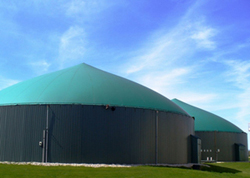
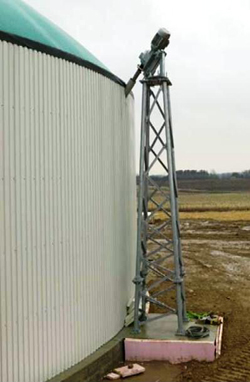
Other common designs for anaerobic digesters include:
Digested solids (known as fiber for farm-based systems) can be removed from the digester effluent with a solids separator. All manures produce recoverable solid fiber that may be used as animal bedding, as a soil amendment, a primary constituent in potting soils, or bio-based products (e.g., bioplastics). Emerging applications for effluent solids include use in structural building materials, such as deck boards and particle board.
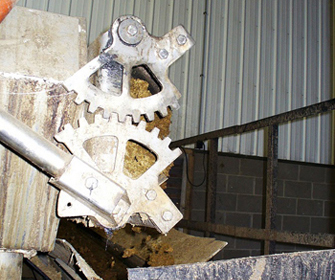
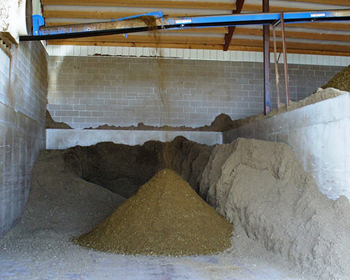
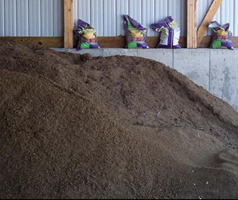
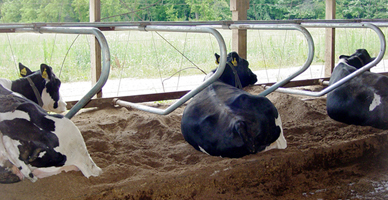
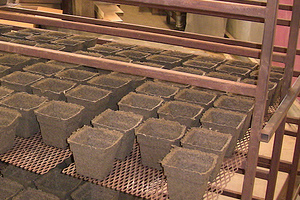
The liquid effluent from a digester can be used as a fertilizer, reducing the purchase of commercial fertilizers.

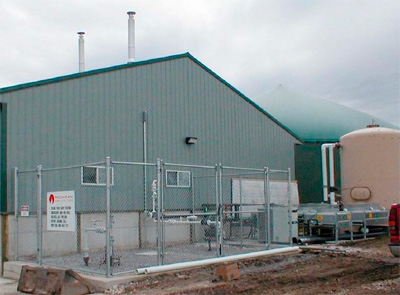
Captured biogas is transported through a pipe from the digester, directly to a gas use device or to a gas treatment system. In most cases, the only treatment needed is to remove excess moisture prior to combustion. However, if the feedstock contains high concentrations of sulfur, then hydrogen sulfide is removed from the gas to prevent corrosion of the combustion device. Temporary biogas storage may be needed to help balance production with demand, utilization system capacity, and/or end user needs.
While a variety of biogas use options are available, the collected biogas is most often used to generate electricity.
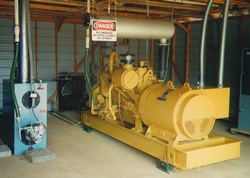
Thermal energy in the form of waste heat, produced during electricity generation, can be recovered to heat digesters or adjacent buildings.
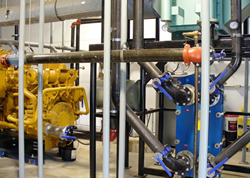
Biogas can be fired directly in boilers or heaters as a replacement for propane.
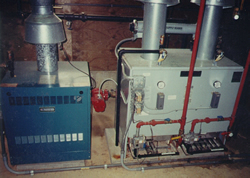
Biogas can be processed to pipeline quality and sold to the local gas utility.
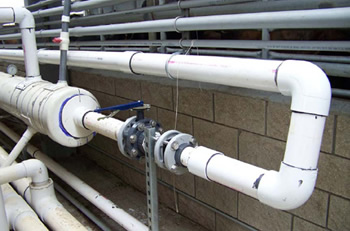
Biogas can be converted to compressed natural gas (CNG) which can be used in applications such as vehicle fuel.
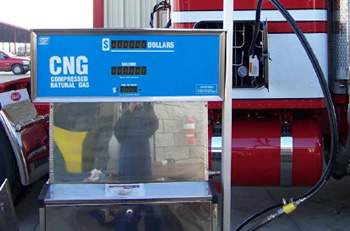
Flares are used to combust excess biogas or to combust biogas during periods when the primary gas use device is undergoing maintenance or repair. In cases where the primary purpose of the digester is to control odor or generate carbon credits, all of the biogas may be flared.
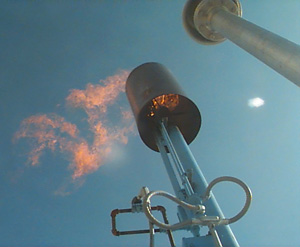
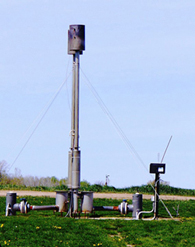
Learn more from the following resources:
